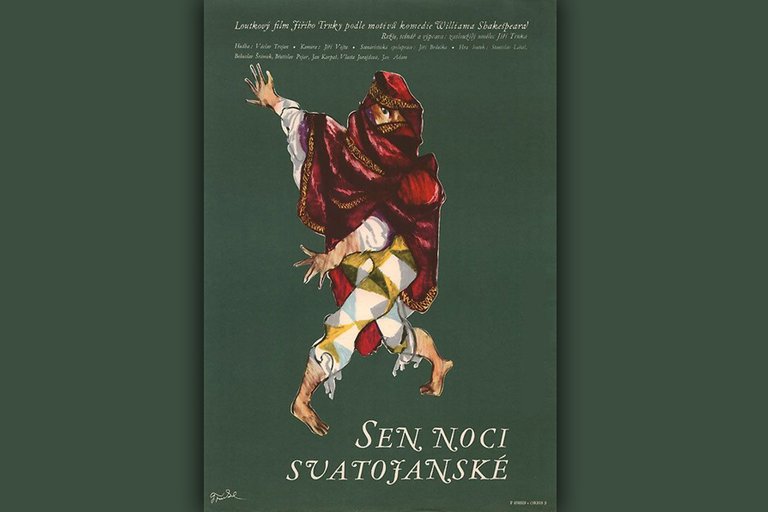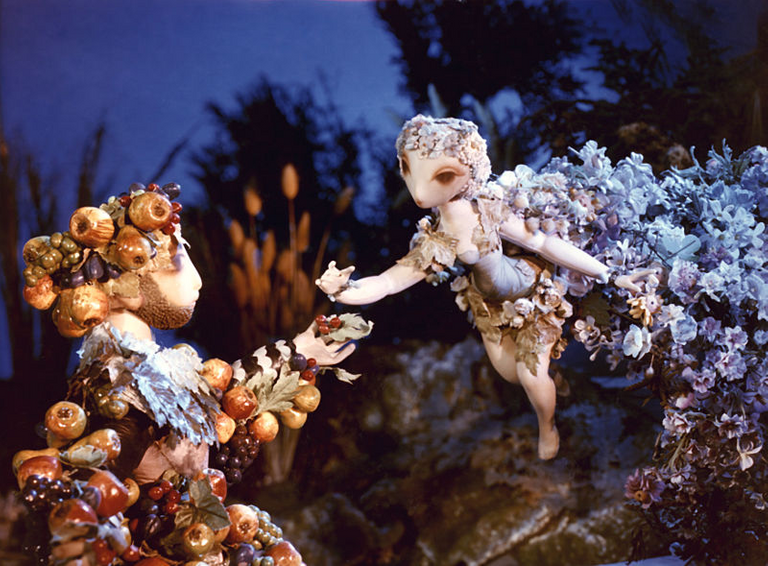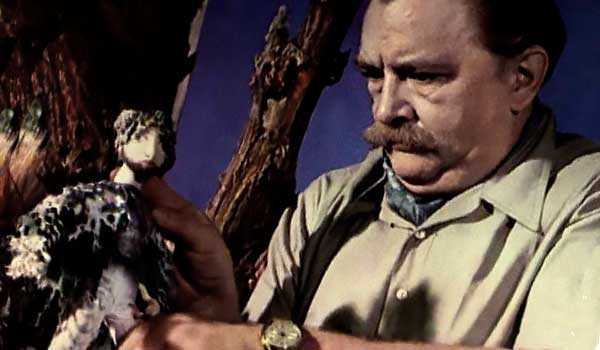Film As Art #04 - Sen Noci Svatojánské (A Midsummer Night's Dream) (1959)
Seeing the name A Midsummer Night's Dream should unearth some memories for you as this Shakespearean comedy play is taught in school all over the world at one point or another.
Since then, the play is being performed all over the world countless times and it has been adapted to cinema and other popular media a good number of times as well. And while this film is one of them, it is distinctive in some ways — it's entirely made with stop motion puppet animation and while the filmmaker Jiří Trnka follows the story Shakespeare wrote, he introduces a narrator through whom the entire story is revealed.
The animation style of this film is quite unique and the puppets are all hand-crafted. The frames left me in awe, how fluidly Trnka had done the animation is a wonder — as if the puppets are being moved by their own will or they are CGI. Well, there were no computers in 1959 that could do such sophisticated, masterful work and you can tell whether it's computer-generated or not. The real deal is almost always more beautiful and realistic, obviously.
Excerpt from the film in order to show its animation style and puppet design —

Source - Taken from the film
This is the bit between Titania and Nick Bottom when he gets his head replaced by a jackass's head, thanks to the troublesome puck.
While A Midsummer Night's Dream's plotline is perhaps known to us all, still, I want to summarize it in short for those who haven't seen or read the play yet.
The story has the main plot, in which the mythical king of Athens Theseus is about to marry the beautiful queen of amazon, Hippolyta. There are three more subplots withing that — one is about two interconnected couples and their back and forth love tale also meddled by Puck, another one is about a group of young theater performers. Both of these groups lose their way in a forest filled with fairies in the middle of the night. And there that third subplot takes place, where Oberon is having a marital dispute with Titania. Both are king and queen of the fairies respectively.
In that dreamy night, in that eventful busy jungle with all of its mystery-filled light beams and mist, all these subplots get entangled with one another — and thus a fantastic tale is born.
I will say this, if you look online you will find tons of interpretations of what the story means and scholars have studied all the motifs like lover's bliss, love, feminism, sexuality, etc to death! It's written by Shakespeare after all! But if you get to see the film, you will forget all about that (hopefully) as it is as beautiful as some of the paintings are inspired by the same story. Each frame of this film can be seen as a painting as well.
Needless to say, to achieve such quality through a puppet-stop-motion technique — set design, props, cinematography, lighting — all of them had to be magnificent and they indeed are.
Jiri Trnka, with the puppet of King Oberon in the photo.Kudos to the master!
The animation is so lifelike, at one point I didn't notice I was seeing an animated film. The background music and songs are usually violin pieces and they set the mood quite intimately.
Watching this was a delight and it left me in a reverie after I was done. I was there among those puppets and all the nuances and spirits of the jungles.
Anyone interested in art films and as well as surrealism should take a look at this.

About Me


Twitter - https://twitter.com/not_a_c1nephile
Youtube - https://www.youtube.com/channel/UCg3TwYk--HKIsRmnvhob1Mg



https://twitter.com/not_a_c1nephile/status/1308063201431490560
It is actually amazing; how they made it all look real, I will like to tip in something "talent exceeds technology".
Indeed! Amazing craftsmanship meets art!